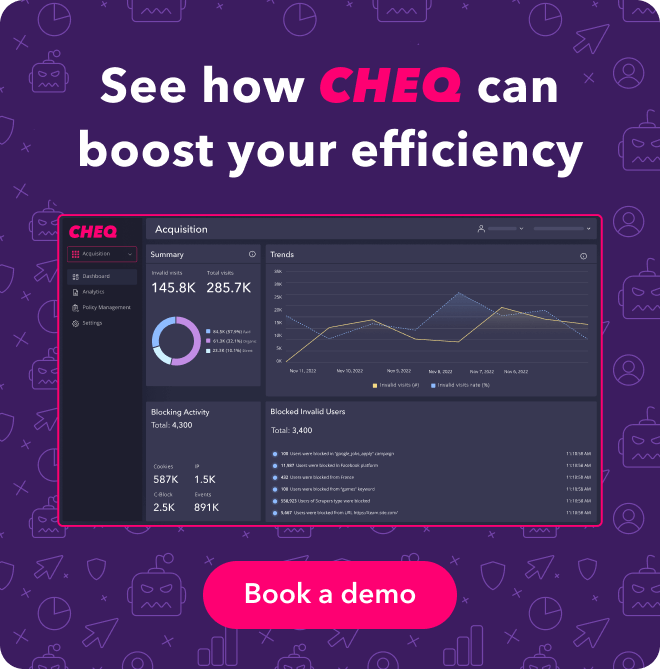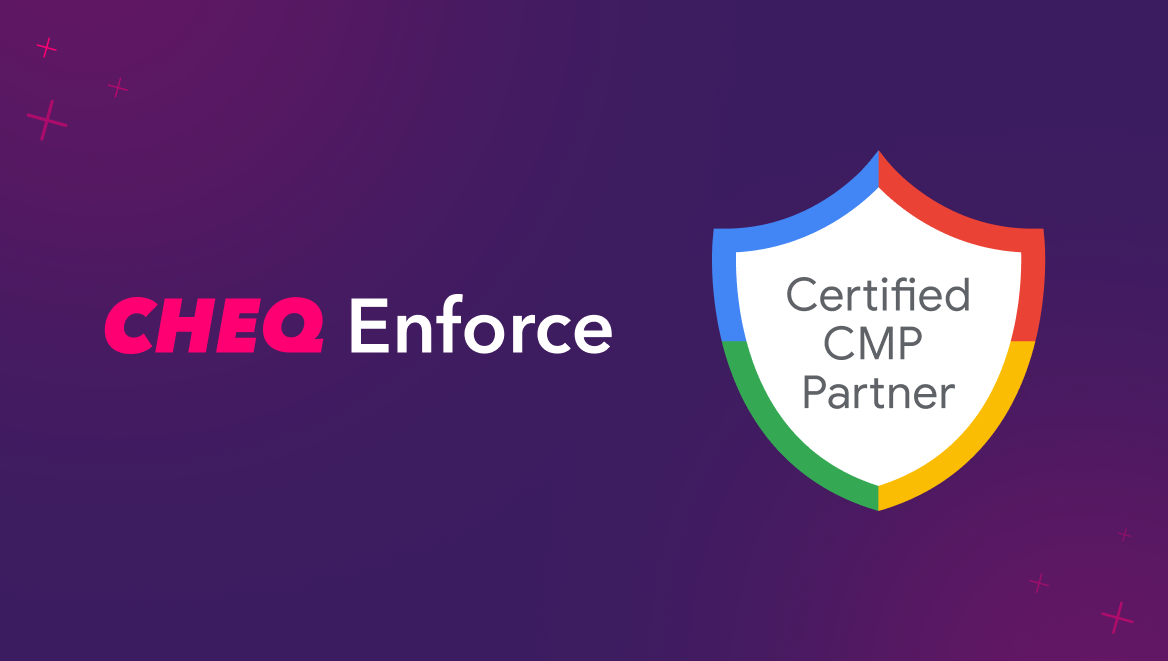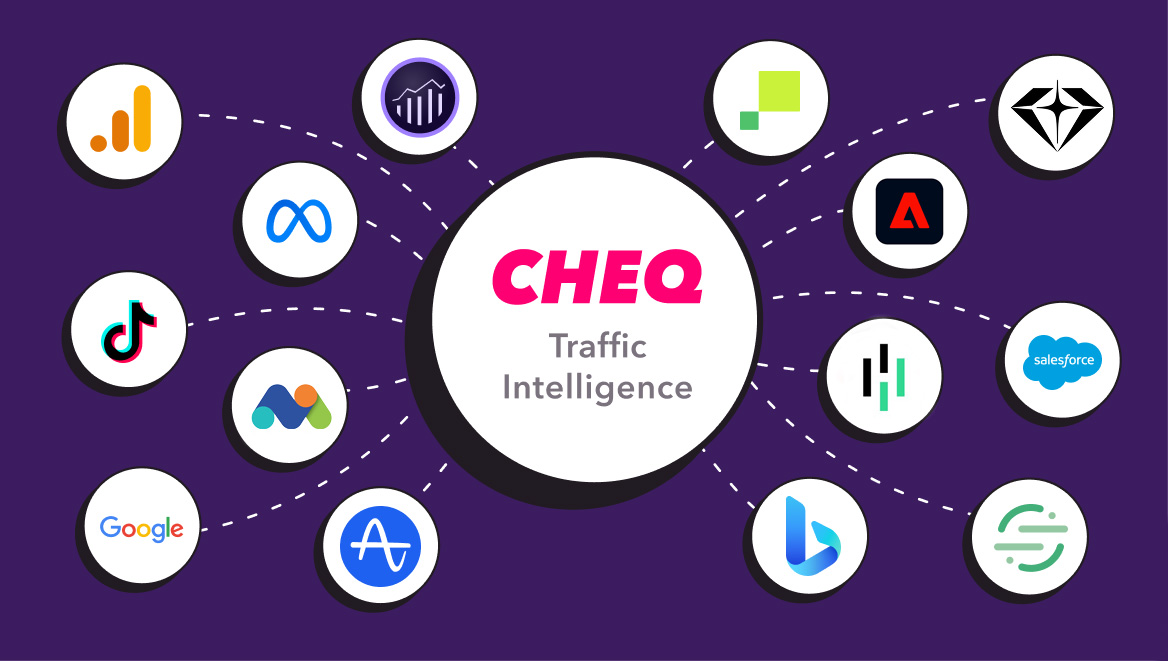Why You Should Worry About Fake Leads, Form-fills, and Signups
Maor Aharoni
|Data & Analytics | October 09, 2023

Online sign-ups are an integral part of any organization’s Go-to-Market strategy
Whether you’re a SaaS company, online retailer, higher education Institution, or publisher, online sign-ups and lead generation are at top priority in your GTM strategy. User acquisition is the fuel that helps any business grow and thrive, and focusing on good leads while eliminating junk is critical for efficiency.
Since these sign-ups are a top priority for marketers, they invest heavily in developing websites and landing pages, creating content, creative, and experiences to attract and convert audiences. The smarter they are with the invested resources, the more quality leads come in and, in turn, better conversion rates and ROI.
Bad actors take advantage of frictionless landing pages and form-fill flows
For marketers, the less friction in the lead-generation process, the better. But frictionless sign-up flows also benefit bad actors, who can easily generate fake form-fills to take advantage of marketing promotions, validate stolen credit card information, make fraudulent transactions, and sell false accounts to other cybercriminals.
Our data suggests that bots, fake users, and other bad actors with no intention to convert, account for 11.3% of overall website traffic, on average, and up to 49% in vulnerable industries. Some of these form fills are simple automation tools, but more often it’s mal-intent humans using fake credentials.
To combat this problem, marketers can implement CAPTCHA tools to challenge users to identify themselves as human. But CAPTCHAs can be very disruptive to user experience and may be difficult for certain audiences to use or understand, resulting in a high rate of false positives and page abandonment.
This puts marketers in a difficult position–do you keep your forms friction-free, and live with the threat of bots and bad actors? Or do you build walls to keep them out, and potentially lose valuable customers along the way?
Fake leads and sign-ups are detrimental to your organization’s goals
One of the main reasons fake sign-ups are bad for an organization is that they skew the data used to make important business decisions and for forecasting. If your organization counts sign-ups to predict revenue, then a large number of fake leads can throw those predictions way off. Fake sign-ups also inflate the top-of-funnel numbers, often causing a misleadingly low conversion rate later in the funnel. If you assumed success based purely on the sign-up number, you may think the campaign performed well, and if you measured success on the conversion rate, you may think the campaign performed poorly. . This false understanding of your data leads to bad decision-making across marketing, sales, and other business teams.
Fake leads and sign-ups divert resources away from real, engaged customers. If your sales teams are constantly chasing leads that will never convert, they’re wasting precious time that they could invest in real leads. A study by LeadJen, found that an average of nearly 550 hours are lost every year by sales and marketing teams chasing fake leads, costing as much as $20,000 per sales rep.
Bad actors deploy automated attacks on websites to create a large number of accounts in an attempt to abuse promotions. A famous example is the 4.5 million fake accounts opened on Paypal to exploit their 5$-10$ new account promotion causing multimillion-dollar losses and driving the company stock down 25%. While not every organization deploys new account campaigns at that scale, many are susceptible to a large number of fake leads and sign-ups that simply inflate their tech stack bill.
But the large number of fake leads flooding your systems doesn’t only mean you pay more for your CRM – Fake leads will drive a decreased performance of your email marketing campaigns, with higher bounce and spam rates, leading to even more wasted time and resources of your marketing automation team.
Most bot mitigation solutions only offer a partial solution
Although automated traffic can potentially be used to deploy large-scale lead generation and sign-up fraud, many mid-size organizations are more heavily impacted by malicious human fraudsters.
Bot mitigation solutions, as the name suggests, are a powerful tool for preventing automated activity on websites; however, most solutions fall short of preventing fraudulent human engagement. This is mostly due to the fear of “false positives,” where the security solution blocks a legitimate lead or user. For this reason, many organizations deploying bot mitigation solutions find themselves without viable protection from this type of fraud.
Sign-up & Lead Protection (SLP) is the best way to protect your funnel from all bad actors
CHEQ’s latest solution for Sign-up & Lead Protection (SLP) adds another layer of protection to your website, preventing malicious human and non-human users from abusing your website’s form fill flows.
CHEQ detection engine uses sophisticated methods to validate the authenticity of users filling out lead forms, signing up, or creating new accounts, and deliver an accurate description of what kind of user it is. This allows you to implement automated actions to take with fake submissions, such as eliminating them from your CRM or blocking the user from your site.
Book a demo to learn more about CHEQ and Sign-up & Lead Protection.













